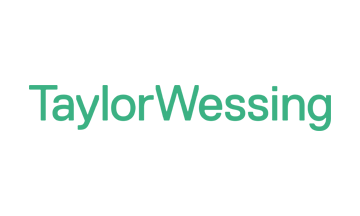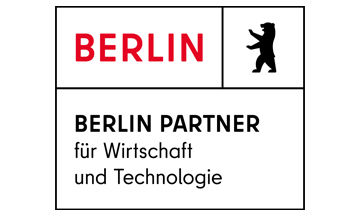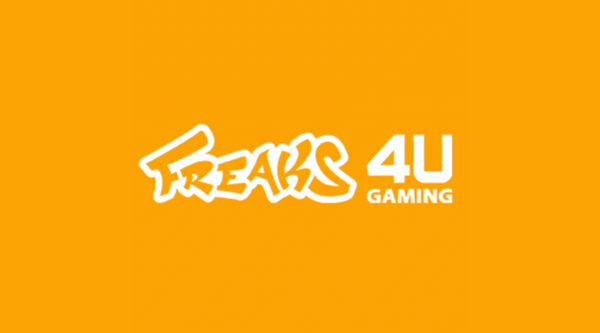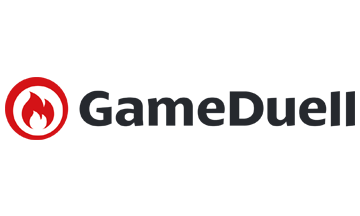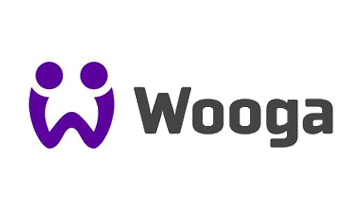After a warm welcome by Daniel Stammler (CEO and Co-Founder of Kolibri Games), Gregor Schmid (Lawyer at Taylor Wessing) and Maria Wagner (Head of games:net), the session began with the input of two experts in the field.
In the first keynote Jiri Kupiainen (CEO of Matchmade) offered an insight on current trends in influencer marketing for games by analysing games like Trover saves the UNIVERSE as well as the hit game Fortnite (Epic Games). Fresh content through regular updates, a high replayability due to its PvP play style and a broad audience give the game distinct strong points in the market.
By comparing Fortnite to one of its strongest competitors, PLAYERUNKNOWN’S BATTLEGROUNDS (PUBG), Jiri mentioned several areas where the former has outperformed PUBG regarding influencer marketing. Fortnite is based on a free-to-play system, which allows for a larger target audience. Instead of PUBG’s brown and green colour scheme, Fortnite’s brightly coloured visuals create eye-catching video thumbnails. Additionally, its spending in influencer marketing is secured by a long tail affiliate model, securing a lasting budget for future marketing purposes.
On the other hand, Jiri pointed out the extremely well-coordinated launch campaign of Apex Legends (Electronic Arts). The statistics behind this other highly successful free-to-play battle royale game show a tremendous growth of the engagement rate already within the first weeks after launch, although it has not grown as much as its biggest competitor Fortnite.
Secondly, Nadine König (Talent and Network Manager at Webedia) shared three concepts on how to create suitable influencer campaigns. To integrate an influencer campaign into the strategy, it is fundamental to start planning as early as with any other marketing concept. She also advised clients to get to know their influencer beforehand by watching and or reading their content. Instead of just emailing the influencer, meeting in person at events like gamescom offers a good opportunity for a remarkable first impression and to build a personal relationship. Nadine also emphasized that clients should be flexible when it comes to planning out the campaign, as often a certain format might not fit the influencer’s usual content.
Often marketing is done by sending out free keys to influencers, and this approach should be as personal as possible by taking the time to research each influencer and explain in the email the reasons why they will enjoy playing the game. Furthermore, a client should avoid contacting general email addresses (such as info@), sending out large numbers of keys with no explanations and sending out basic, non-personalized texts. This way the influencer will notice if a client shows interest in their work.
Another valuable asset of an influencer is their community. Finding an influencer who has a genuine passion for the game they represent, and regularly shares content with their community, will result in a more relevant impact than working with an influencer who has an impressive number of followers, but is not actively engaging with them.
If a talent is passionate about a client’s game, making them a brand ambassador is a good strategy in the long term. However, the influencer should receive additional values aside from financial benefits. Additionally, Nadine advised to include the content creator early in the concept phase of the strategy, get their opinion and input to keep it authentic and loyal to the concept. Finally, once the talent is a client’s brand ambassador, the latter should also announce it publically.
The presentations were followed by a panel. During the following panel Benedikt Seitz (Head of Account Management & Marketing at gameinfluencer) invited Jiri, Nadine and Gregor to the stage for further discussions on the matter. The first question, “which aspects are most relevant when deciding to choose an influencer?”, both speakers confirmed that a client should always check the influencer’s statistics. Especially the dwell time is an important attribute, as it dictates whether an ad is seen by the audience.
While the choice of platforms in which to market on is debatable, both Nadine and Jiri assessed YouTube as the most valuable social media platform. Instagram also offers huge potential as long as its special content formats are made use of in a smart way. Streaming platforms like Twitch have proved immense success and influencer agencies often work with this kind of production format. The speakers stressed the importance of briefing the influencers and advised to avoid providing a script, but to offer a good overview of the upcoming plans and updates instead, in order to avoid they put themselves in a vulnerable position with their audience.
Another topic discussed during the panel was the German law regarding advertisement clarification. As federal jurisdiction has ruled several cases differently, there are still many grey areas. As a rule of thumb a client has to take a look at the size of an influencer’s channel. If they have an obvious large impact on social media, it should be expected that paid marketing services might occur. When it becomes less obvious, advertisements should be labelled correctly.
Finally, following the final Q&A round, all the participants were invited to join the speakers with a tasty breakfast.
We thank Taylor Wessing for the great opportunity of co-hosting this games:net BREAKFAST and Kolibri games for hosting us in their offices. We would also like to acknowledge our two speakers for their broad insights and finally a big thank you to our games:net partners for their ongoing support and for helping us to make our events possible. We cannot wait for the next one!

